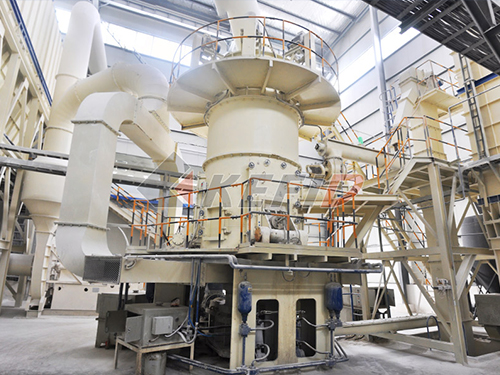The Indispensable Workhorse: Rock Crushing in Central Texas
Beneath the vast Texan sky and across its rugged landscapes, an essential industrial process hums steadily – rock crushing. In Central Texas specifically, where limestone plateaus dominate and development continues at a rapid pace, rock crushers are not just machines; they are fundamental engines of progress and infrastructure.

The Geological Backbone
Central Texas sits atop massive deposits of limestone and other sedimentary rocks formed over millions of years in ancient shallow seas. This geology provides an abundant source of raw material – aggregate – the literal bedrock of construction. From the Edwards Plateau to the Llano Uplift, quarries extract large boulders and bedrock formations.
The Transformation Process
This is where the rock crusher takes center stage:
1. Primary Crushing: Massive jaw crushers or gyratory crushers tackle the initial reduction of blasted quarry rock down to manageable sizes (often 6-12 inches).

2. Secondary Crushing: Cone crushers or impactors further break down the material into smaller fragments (typically 1-3 inches).
3. Tertiary Crushing & Screening: Additional crushing stages using cone crushers or specialized vertical shaft impactors refine the size further and shape the particles (producing cubical shapes desirable for concrete). Vibrating screens meticulously sort the crushed material into specific size gradations – from large riprap used for erosion control down to fine sand.
Why Crushing Matters in Central Texas
The output from these central processing plants is indispensable:
1. Road Construction & Maintenance: The majority of crushed stone becomes road base (flexible base), asphalt aggregate, or concrete aggregate forming the foundation of highways like I-35 and countless local roads constantly under repair or expansion.
2. Building Construction: Concrete used in foundations, walls, bridges, and commercial structures relies heavily on precisely graded crushed limestone aggregate.
3. Concrete Production: Ready-mix plants depend on consistent supplies of various aggregate sizes.
4. Landscaping & Erosion Control: Smaller aggregates serve as decorative rock in gardens and yards, while larger riprap protects shorelines along rivers like the Colorado and lakes throughout Hill Country.
5. Railroad Ballast: Specially sized crushed rock provides stability for railroad tracks crisscrossing the region.
Challenges and Considerations
Operating rock crushers in Central Texas comes with unique challenges:
Environmental Stewardship: Dust suppression systems (water sprays, mist

Leave a Reply